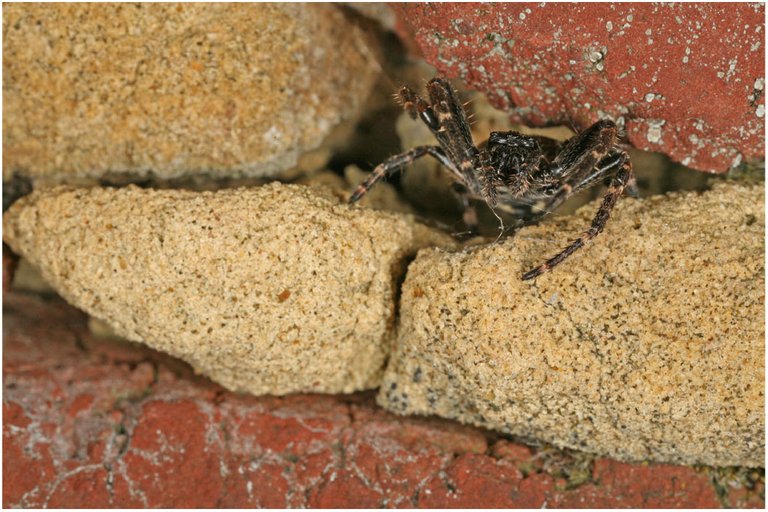Introduction
Living organisms are in constant contact with their external environment. They continuously modify the environment through their activities and, in return, the environment changes in response to their activities. Apart from interacting with their environment, living organisms also interact with each other. Organisms of the same species reproduce and multiply to give rise to populations, populations of different species of organisms live and interact together to form communities while different communities interact with themselves and their environment to form the ecosystem. The study of living organisms, how they interact with themselves and their environment is what the subject of ecology entails while scientists that specialize in studying the interactions among organisms and their environment are referred to as Ecologists.
Types of Ecology
The study of the interaction of organisms in relation to their environment can be carried out at different levels. These levels include:
- Individual/species
- Population
- Community
- Ecosystem
- Biosphere

The ecology of individuals is also known as autecology and the scientists whose job is to study individuals in relation to their environment are known as Autecologists. On the other hand, the ecology of community is referred to as synecology and those that specialize in studying the interactions within and among communities in the same environment are known as Synecologists. Both levels of study differ in the kind of questions that are asked or the inquiries that are made.
The species represents the lowest taxonomic category and consist of morphologically similar organisms that are capable of breeding to produce viable offspring. Emphasis should be placed on the production of viable offspring because organisms of different species can mate or be made to mate. However, if the mating ever produces any progeny, they will not be viable.
In ecology, population refers to a group of organisms of the same species living and interacting together in the same environment. A community is a population of different species of organisms living together in the same environment. They interact with one another as well as their environment. An ecosystem refers to different communities forming a system of interactions while the biosphere refers to the entire portion of the earth that holds life.
The concept of the environment
The environment consists of the physical habitat of an organism. In terms of the study of organisms, there are two components of a typical environment, namely;
- Abiotic or non-living factors
- Biotic or living factors.
The nonliving factors of the environment that interact and define living organisms include the climate of an environment such as temperature, pressure, humidity, precipitation, insolation, salinity, tides. Other nonliving factors include topographic factors, soil factors, and several other minute factors. These factors may be non-living, but they determine the extent of distribution of different species of organisms. Thus, species of organisms that are adapted to an area of high precipitation might not survive in an area of low precipitation. Plants that are adapted to survive in saline soil might found saltless soil inimical to their existence. Consequently, the nonliving factors of the environment are also sometimes referred to as limiting factors.
The biotic factors of the environment refer to the living organisms living in the environment. These organisms interact with each other in one way or the other. In some cases, the interaction might be mutually beneficial, one-sided beneficial, or harmful to the organisms involved. Some of these interactions may be important for the existence of some members of the population of the community while others may be optional and inconsequential to their existence. Biotic interaction can also be within the same population of organisms or within different populations living in the same community.
The concept of niche
Each organism within a population or a community has specific roles they play vis a vis their interactions within the environment. The roles that an organism would play in an environment depend largely on a wide variety of both living and nonliving components of the environment. Thus, an organism carves out its own niche depending on what other environmental factors are offering it. This is why the niche of every individual within the environment is usually unique. Two individuals cannot occupy the same niche unless they are not in competition in any form in accordance with the competitive exclusion principle. When there is competition within a niche, one of the organisms either specializes in another way to avoid competition or natural selection plays its role leading to the extinction of either of them.

There are two types of niches in ecology
- Fundamental niche
- Realized niche
The fundamental niche represents the position and roles an individual would play in a habitat or an environment if there are no limiting factors in the environment. However, in reality, it is not possible that there will not be limiting factors in a habitat. Thus the position and roles an organism is reduced to as a result of the factors in the environment is what is known as the realized niche.
To be continued in my next article
NB: All images are from free-to-use sources.
Resources
- https://biologydictionary.net/ecological-niche/
- https://sciencing.com/ecological-niche-definition-types-importance-examples-13719219.html
- https://bio.libretexts.org/Bookshelves/Introductory_and_General_Biology/Book%3A_General_Biology_(Boundless)/44%3A_Ecology_and_the_Biosphere/44.1%3A_The_Scope_of_Ecology/44.1A%3A_Introduction_to_Ecology
Congratulations @ummar! You have completed the following achievement on the Hive blockchain and have been rewarded with new badge(s) :
Your next target is to reach 7000 upvotes.
You can view your badges on your board and compare yourself to others in the Ranking
If you no longer want to receive notifications, reply to this comment with the word
STOPThanks for your contribution to the STEMsocial community. Feel free to join us on discord to get to know the rest of us!
Please consider supporting our funding proposal, approving our witness (@stem.witness) or delegating to the @stemsocial account (for some ROI).
Please consider using the STEMsocial app app and including @stemsocial as a beneficiary to get a stronger support.